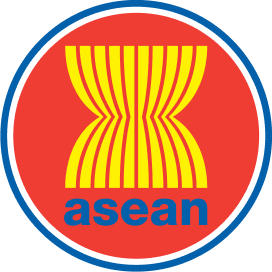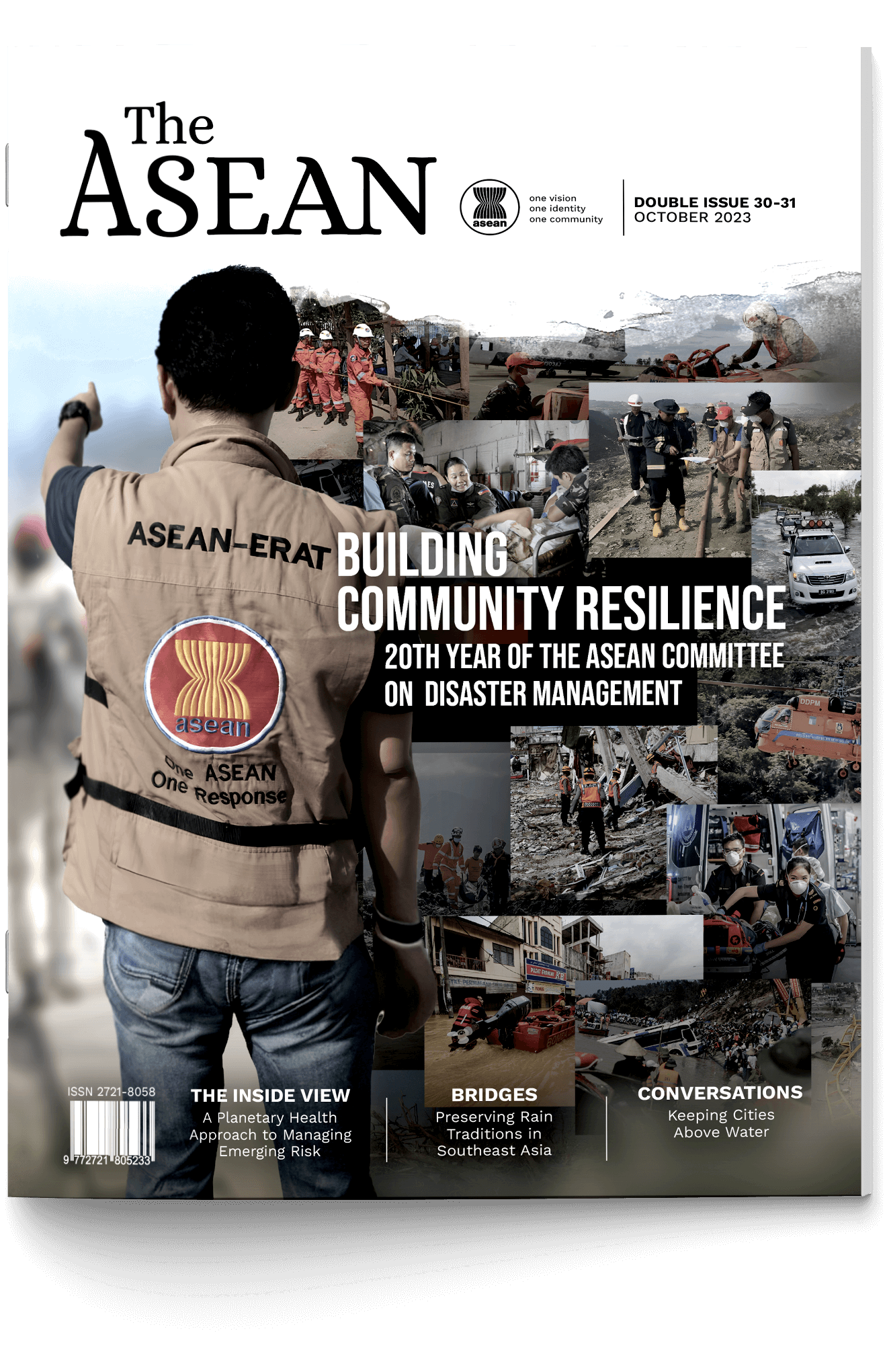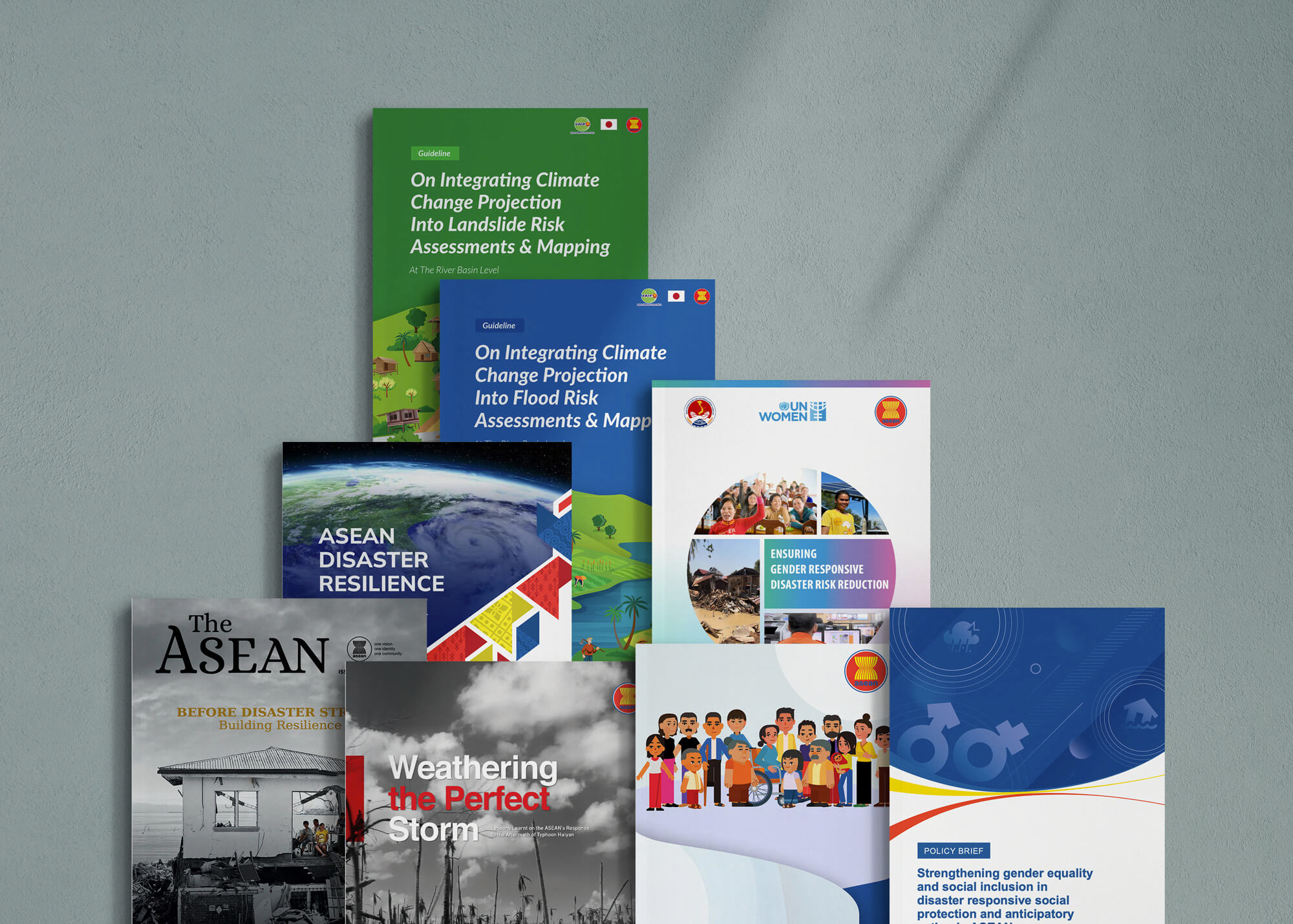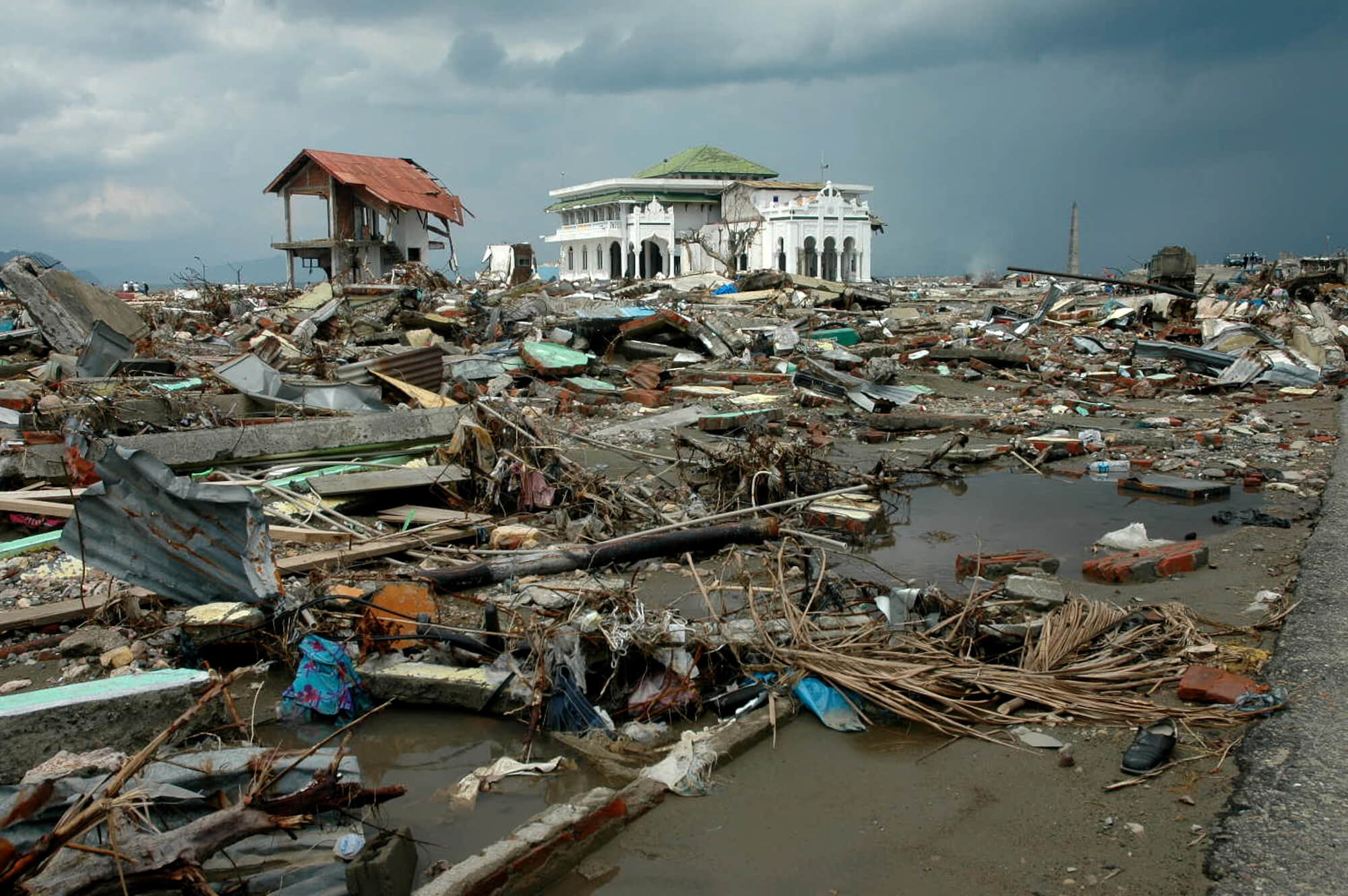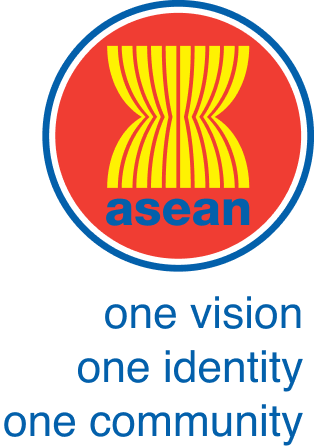


In Southeast Asia, a region frequently battered by typhoons, earthquakes, and floods, a new spirit of collaboration is taking root. The ASEAN Declaration on One ASEAN, One Response: ASEAN Responding to Disasters as One in the Region and Outside the Region, signed during the 28th ASEAN Summit on 6 September 2016 in Lao PDR, aims to transform how disasters are tackled. ASEAN envisions a future where resources are pooled, responses are swift, and a united front stands strong against calamity.
This vision is being brought to life through a remarkable intertwining of national initiatives and regional endeavours. The ASEAN Emergency Response and Assessment Team (ERAT) programme has become a cornerstone. For example, Brunei Darussalam and Indonesia have hosted training sessions, equipping teams with the skills needed to respond effectively in times of crisis. ERAT teams from the ASEAN Member States themselves have become a familiar sight in disaster zones, from the wreckage left by Cyclone Nargis in Myanmar in 2008, the Bangkok flood in Thailand in 2011, the Central Sulawesi tsunami and earthquake in Indonesia in 2018 and and Typhoon Hagupit in the Philippines in 2014.
Beyond these immediate deployments, several nations are taking a more long-term approach. Indonesia has bolstered its national disaster response plans while, Myanmar, for instance, has established a robust legal framework for disaster management. These steps, along with nation-wide fundraising initiatives like those undertaken by Brunei Darussalam for the construction of the ASEAN Village in Central Sulawesi in 2019, demonstrate a deep commitment to regional resilience.
The regional level thrums with activity as well. The ASEAN Committee on Disaster Management (ACDM) spearheads the work on disaster management and humanitarian assistance. The ASEAN Joint Disaster Response Plan (AJDRP) which serves as a roadmap, outlining a coordinated approach for tackling disasters. This roadmap is further bolstered by its integration with existing mechanisms such as the Disaster Emergency Logistics System for ASEAN (DELSA). Crucially, the ASEAN Coordinating Centre for Humanitarian Assistance on Disaster Management (AHA Centre), as the primary ASEAN regional coordinating agency for disaster management and emergency response, plays a central role in coordinating these efforts. These established entities, along with the ERAT programme, form a safety net that can be deployed rapidly when disaster strikes.
The impact is already being felt. The deployment of the ERAT to support missions not only in previously mentioned disasters but during the Mentawai Island Tsunami in 2010, the Aceh Earthquakes in 2016 and displacement in Rakhine State, as well as AHA Centre’s response to Typhone Noru in Thailand and Cambodia, and to Tropical Cycline Nalgae in the Philippines demonstrate the declaration’s effectiveness in real-world situations. This regional response system extends beyond disaster relief efforts.
But ASEAN’s vision extends beyond government agencies involved in disaster management. ASEAN’s youth sector, for instance, recognising the crucial role young people play in building a resilient future, has adopted a declaration on ASEAN Youth in Climate Action and Disaster Resilience Day. Similarly, the health sector actively participates in disaster relief efforts and prioritises disaster health management through dedicated projects and declarations. The defence sector too plays a vital role, fostering cooperation through technical working groups and developing protocols for seamless civil-military coordination during disasters.
From the national level initiatives to the regional response mechanisms and the cross-sectoral collaboration, a stronger web for disaster relief is being woven across ASEAN.
